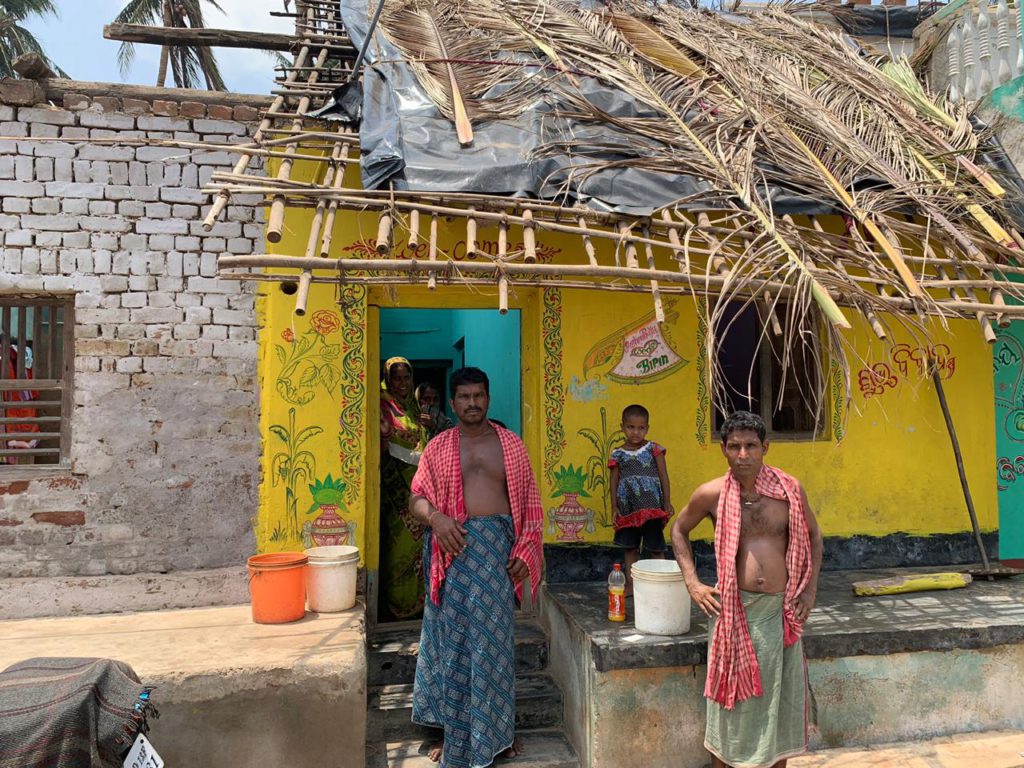Public health as an agenda has grown to prominence in the last two decades and is likely to define the present and future risk-scape without any hint of doubt. Prudence suggests that a public health in all policies may do well for the Asia Pacific Region to address adaptation gap with regards to extreme weather events, to mainstream risk informed planning with a health inclusive approach and to prepare for future risks that will worsen the gaps if not addressed immediately. This will enable nations to comfortably arrive at addressing risks that affect and interrupt in the developmental processes.
Climate change is impacting human health in a very serious manner acting as a threat multiplier. The Asia and the Pacific Region stands vulnerable to a number of disasters which in turn lead to disease specific outcomes affecting at-risk populations. It experienced tsunami in 2004, which hit the coastal regions of a dozen countries bordering the Indian Ocean killing almost 275,000 people in 14 countries, with the hardest hit country being Indonesia, followed by Sri Lanka, India, and Thailand.
River flooding is the most common phenomenon in the area, with the most damaging effects. Recent floods and storms in Indonesia , Cambodia , Pakistan , and India have wreaked havoc. Approximately eight tropical cyclones enters the Philippine area every year which also incorporates parts of the Pacific Ocean. China, India, Nepal, Philippines have the highest average population vulnerable to very high earthquake threat in the Asia–Pacific region.
The Asia-Pacific region also has over 450 active volcanoes, accounting for three-quarters of all active volcanoes on the planet, circling the Pacific Ocean. This area has also seen 90% of the world’s volcanic eruptions, as well as earthquakes and tsunamis.
Emerging evidence serves to suggest that if climate change continues to rise in a manner as projected, the region will see higher risk for injuries, diseases and deaths as a result of more intense heat waves and fires, there will be more episodes of undernutrition which will be a direct outcome of decreased food production and crop losses, loss of labour productivity and work capacities among vulnerable populations and increased risk of food and water borne diseases along with vector borne diseases.
Negative health impacts will be seen due to ambient high temperatures and heatwaves. Mortality and morbidity due to heat stress and heat stroke will continue to rise thereby exacerbating respiratory and cardiovascular diseases. People living with disabilities or those with co-morbid conditions and above 65 years of age will remain the worst affected due to the climatic crisis unfolding.
Low- and middle-income countries in the Asia Pacific region will continue to be exposed to natural disasters and extreme weather events. Many countries in the region face additional challenges in terms of health systems strengthening as multi-sectoral concerns make it complex. Fewer human resources are available within health systems to address cascading risks and this will compound the problem. Issues emerging from flooding and droughts which are common in the Asia Pacific sub-regions lead to number of health risks, threaten supplies for drinking water and sanitation, enhance the risk of wildfires, affect crop productivity, foster food insecurity and eventually leads to forced migration
Hospitals across the region have been at breaking point due to pandemics like COVID-19 and when a natural disaster hits the region, healthcare workers are overwhelmed and will not be in a position to handle surge capacity. When COVID-19 like crisis increases, it snowballs into a mental health crisis which is an off-shoot of work from home, social isolation and job losses that call for support from mental health care workers. These very mental health workers are unable to cope when a disaster further compounds the problem adding psycho-social rehabilitation, post traumatic stress disorder, depression, panic attacks and many more. COVID-19 like diseases and natural disasters in poor neighbourhoods also facilitate substance abuse, addiction, domestic violence, unwanted pregnancies and unsafe abortions which adds sizeable burden of already overwhelmed health workers especially since such challenges at times also call for local law and order documentations and at times leads to law enforcement agency intervention further delaying quality care that needs to be concentrated for.
Essential public health services such as maternal and new-born services, child health interventions, follow up care for patients with chronic disease conditions, disabled people and the elderly along with supply of prescription drugs are affected due to natural disasters or due to pandemics or epidemics have economic downturns and overwhelms health systems leading to devastating consequences in LMICs countries in the Asia Pacific region especially in weaker health systems, less staffed hospitals and nations with conflicting priorities where public health gets throwaway budgets. Dissecting the relation between natural disasters and human health outcomes becomes important to understand and adapt towards a cursory thought for sustainable solutions.
About the author:
Dr. Edmond Fernandes is Founder and CEO, CHD Group and Director, Edward & Cynthia Institute of Public Health, Mangalore.

